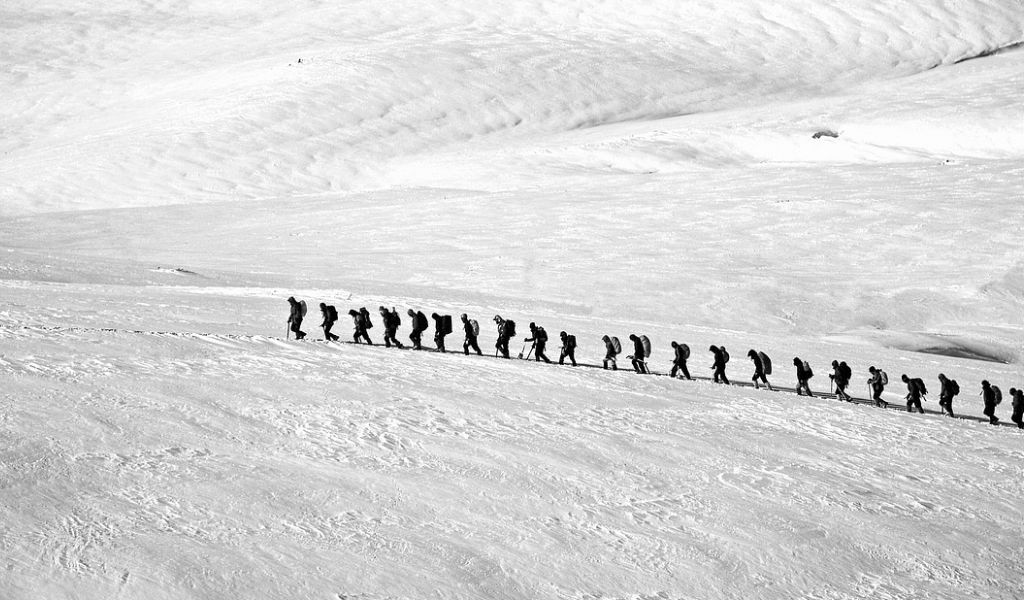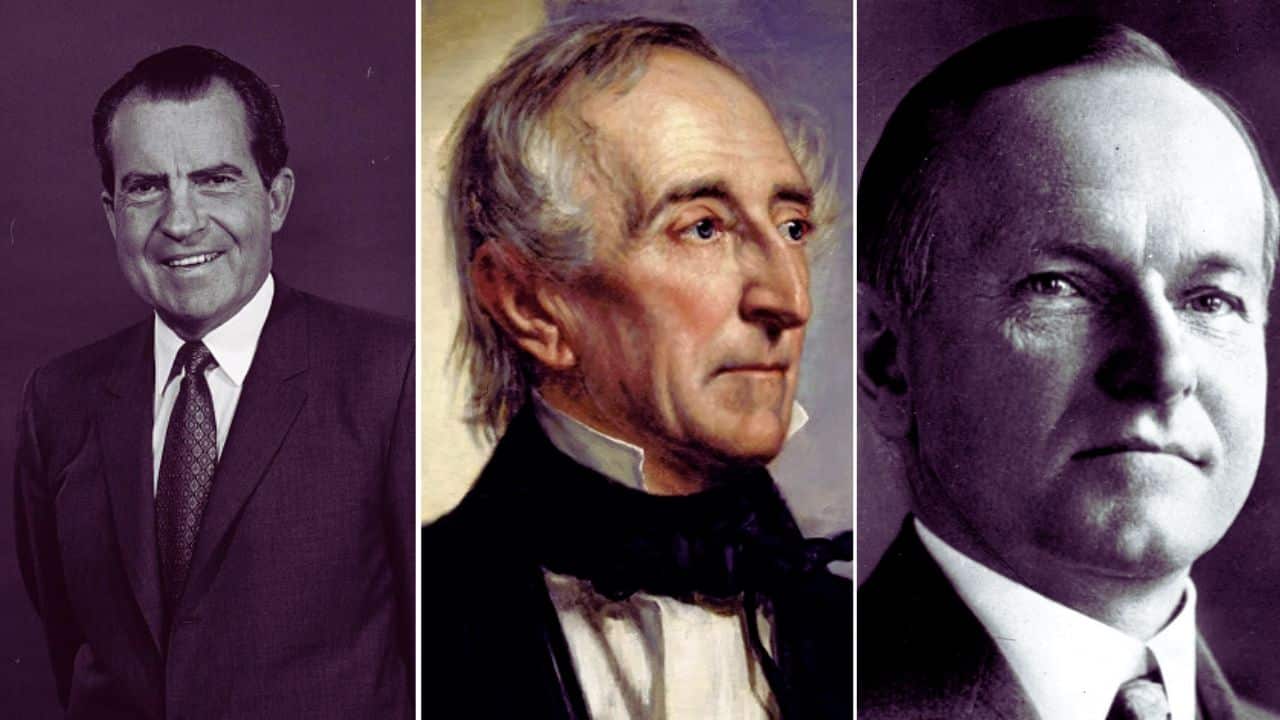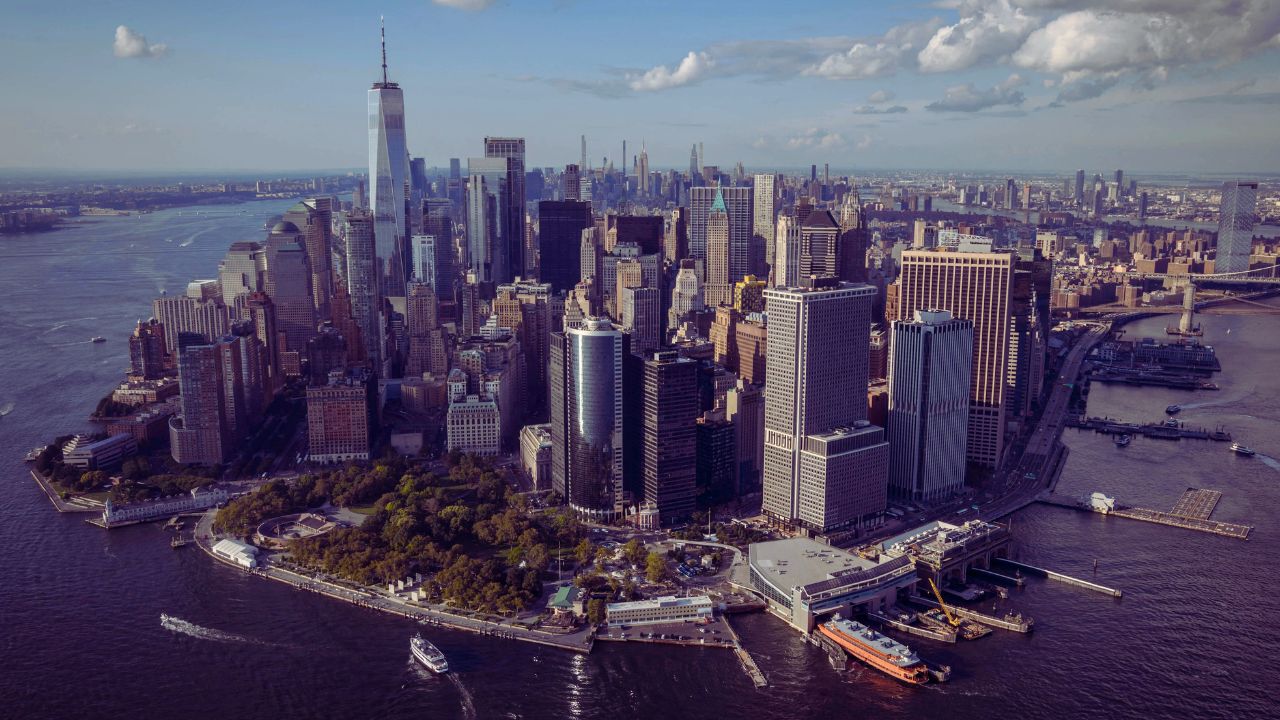Glaciers are melting at a rate that has never been seen before because of climate change and rising temperatures. A new study says that half of the Earth’s glaciers will be gone by the year 2100, even if we stick to the goal of the Paris Climate Agreement to keep the global temperature rise to 1.5 degrees Celsius above pre-industrial levels.
The results of the study, which came out in the journal Science on January 5, 2023, show that at least half of the loss will happen in the next 30 years.
Read More: Earth Day, Theme, History, and Significance
David Rounce, a glaciologist at Carnegie Mellon University and the report’s lead author, told CNN that the loss of these glaciers is very worrying, especially if it happens in our or our children’s lifetimes.
Rounce and his team looked at satellite images to figure out what would happen to each glacier.
If global warming keeps going at its current rate of 2.7°C, the losses would be worse, and 68% of glaciers would be gone. If this happens, there will be almost no glaciers left in central Europe, western Canada, and the United States by the end of the next century.
Some of these glaciers could go extinct if global warming doesn’t get worse, the researchers said.
Read Also: First NFTs In Solidarity with Nature
“Every degree increase causes more melting and loss,” said Regine Hock, a co-author of the study from the University of Oslo and the University of Alaska Fairbanks.
The effects of melting glaciers are worse than people thought before.
Glaciers, which hold 70% of the fresh water on Earth, cover about 10% of the land area of the planet right now.
When glaciers melt, sea levels rise dramatically. This makes it harder for up to two billion people to get water and makes natural disasters and extreme weather events like floods more likely.
“The rapidly increasing glacier mass loss as the global temperature rises above 1.5C shows how important it is to make more ambitious climate pledges to protect the glaciers in these mountainous regions,” the researchers wrote.
Between 1994 and 2017, glaciers lost about 30 trillion tons of ice, and now they are melting at a rate of 1.2 trillion tons per year.
Some of the glaciers that are melting the fastest are in the Alps, Iceland, and Alaska. Between 2000 and 2019, the sea level rose by 21% around the world. Another study published in the journal Nature found that this was caused only by water from melting glaciers and ice sheets.
The sixth assessment report from the UN’s Intergovernmental Panel on Climate Change, which came out in 2022, also said that we are running out of time to reach the 1.5°C goal.
A report from the UN that came out at the end of last year said that the world is already on track to warm by more than 2°C and that this point could be reached as soon as 2030.
Even though the findings are scary, Hock told AFP, “it is possible to reduce the mass loss through human action.”









































